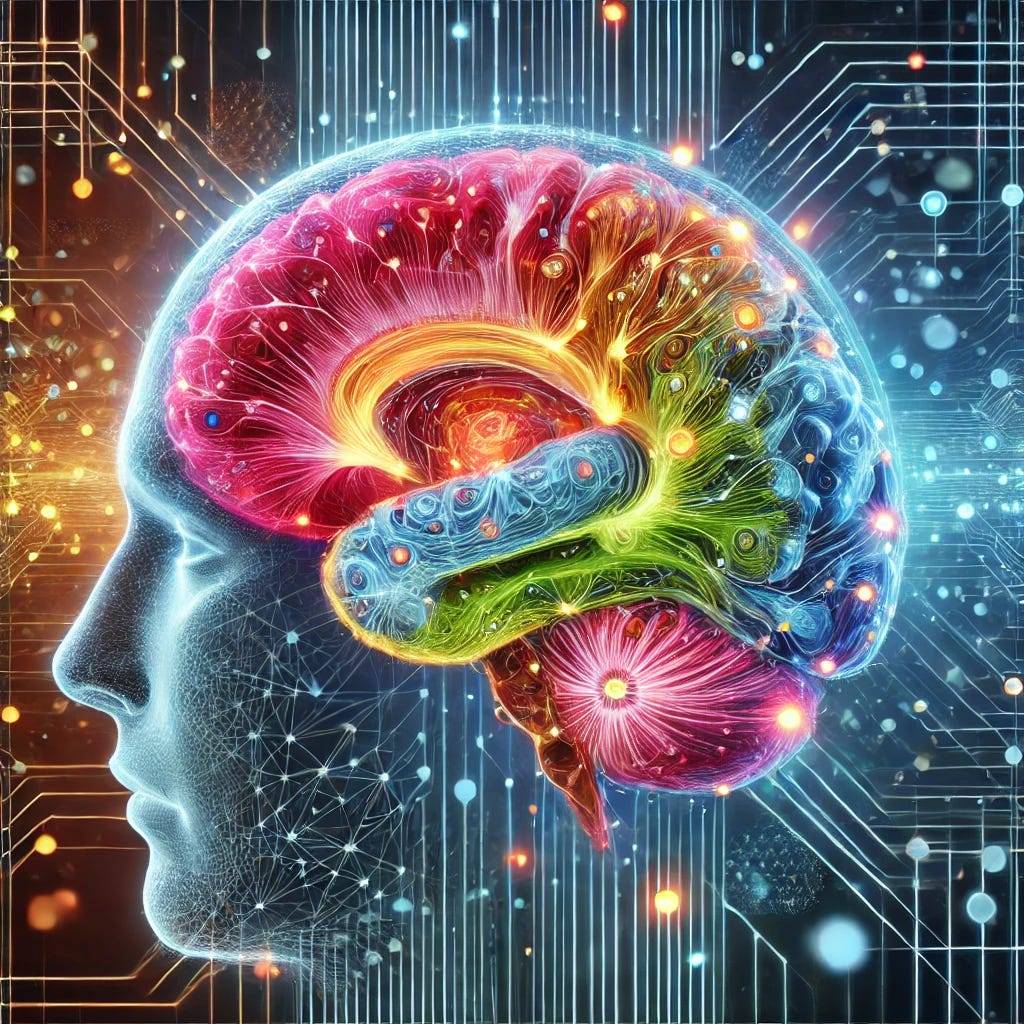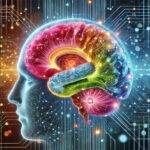
Envision a world where every person sees entirely different colors, shapes, and objects. Communication would be chaos, and cooperation nearly impossible. This doesn’t happen because our brains share a common way of interpreting visual information. This article dives into groundbreaking research on how our brains achieve this, focusing on the concept of relational coding. By studying neuronal responses through intracranial recordings, scientists have uncovered a coding scheme that remains consistent across different individuals’ brains, revealing how we share the same visual world.
The Power of Intracranial Recordings
Intracranial recordings offer a rare glimpse into the brain’s inner workings, providing high-resolution data on neuronal responses. In this study, patients undergoing clinical diagnosis for epilepsy participated in visual recognition tasks while their brain activity was recorded. This allowed researchers to directly compare neuronal responses across different individuals, highlighting which aspects of visual perception remain invariant. The findings emphasize the importance of relational coding — the brain’s way of maintaining consistency in how we perceive the world around us.

This graph above illustrates the ISSI values for activation pattern coding, relational coding, and linear coding across various visual categories. The higher ISSI values for relational coding demonstrate its effectiveness in maintaining shared visual perception compared to other coding schemes.
The Universal Neuronal Language
Relational coding is like the brain’s universal language for visual perception. Instead of focusing on individual neuron activations, it looks at the relationships between different patterns of neuronal activity. This means that the brain encodes visual information by the similarities and differences between how neurons fire, rather than the specific details of each activation. This coding scheme ensures that different people can see and understand the same visual world, facilitating communication and cooperation.
Implications for Technology and AI
Understanding relational coding has significant implications beyond neuroscience. It can inspire advancements in artificial intelligence and machine learning, particularly in developing systems that interpret visual information as humans do. By mimicking the brain’s relational coding, AI can achieve more natural and accurate visual recognition, opening new frontiers in technology. This research not only enhances our understanding of the brain but also paves the way for innovations that can transform our interaction with technology.
Neuronal Consistency Across Individuals
Scientists discovered that despite individual differences, certain neuronal responses remain remarkably consistent across different people’s brains. This consistency forms the basis of our shared visual experiences.
High-Resolution Brain Activity Mapping
Intracranial recordings provide a level of detail in mapping brain activity that surpasses other methods, revealing the intricate ways our brains process visual information.
Relational Coding vs. Activation Patterns
Relational coding outperforms traditional activation pattern coding in maintaining visual consistency across individuals, making it a more reliable representation of how we perceive the world.
Cross-Category Relational Consistency
Relational coding is not limited to specific visual categories. It remains consistent across different types of visual stimuli, from faces to objects, enhancing its universality as a coding scheme.
Implications for AI Development
Relational coding principles are being integrated into artificial intelligence, enabling machines to interpret visual information in ways that closely resemble human perception, leading to more intuitive and effective AI systems.
The Future of Visual Perception Research
The discovery of relational coding is a beacon of hope and inspiration, illuminating the path to understanding how our brains create a shared visual reality. This research not only unravels the mysteries of human perception but also lays the groundwork for future technological advancements. By continuing to explore the depths of neuronal coding, we can unlock new possibilities in neuroscience and AI, driving progress and innovation. The future holds immense potential, and this groundbreaking work is a testament to the power of curiosity and scientific exploration.
About Disruptive Concepts
https://www.disruptive-concepts.com/
Welcome to @Disruptive Concepts — your crystal ball into the future of technology. 🚀 Subscribe for new insight videos every Saturday!
Discover the Must-Have Kitchen Gadgets of 2024! From ZeroWater Filters to Glass Containers, Upgrade Your Home with Essential Tools for Safety and Sustainability. Click Here to Transform Your Kitchen Today!







